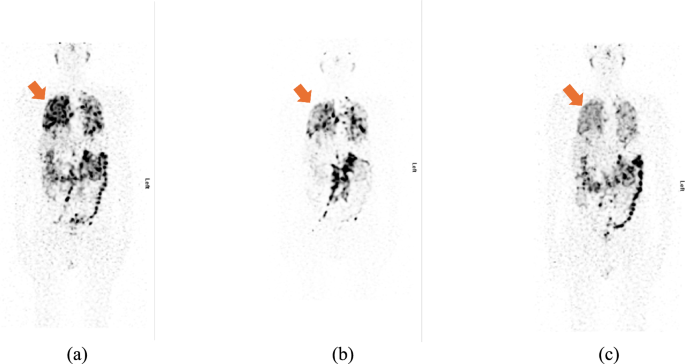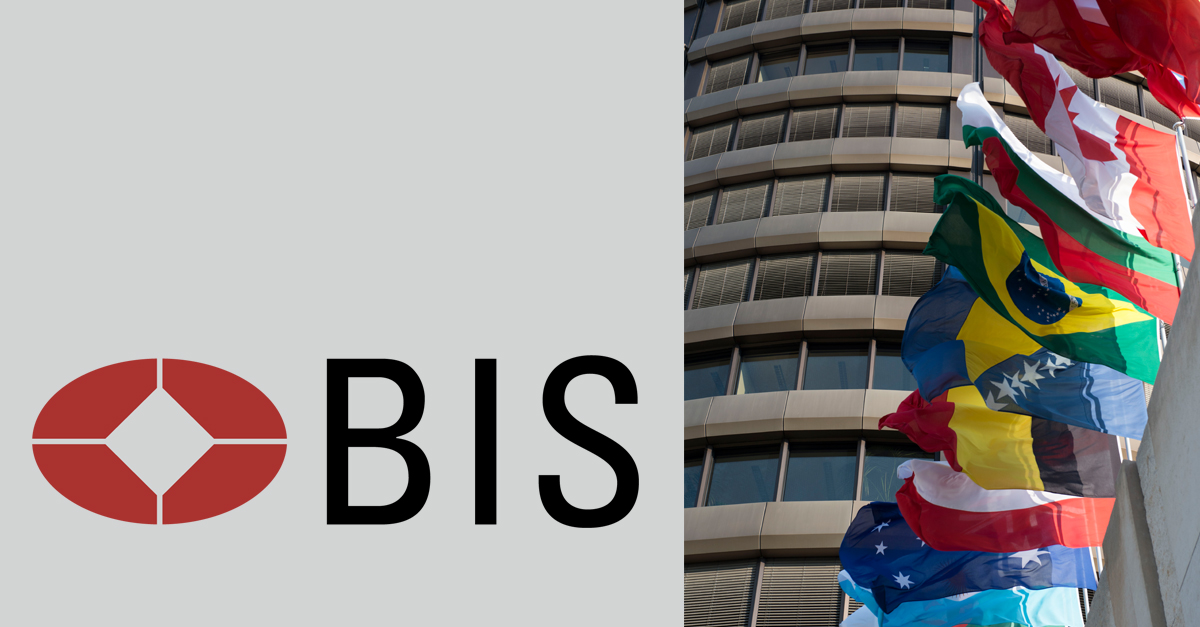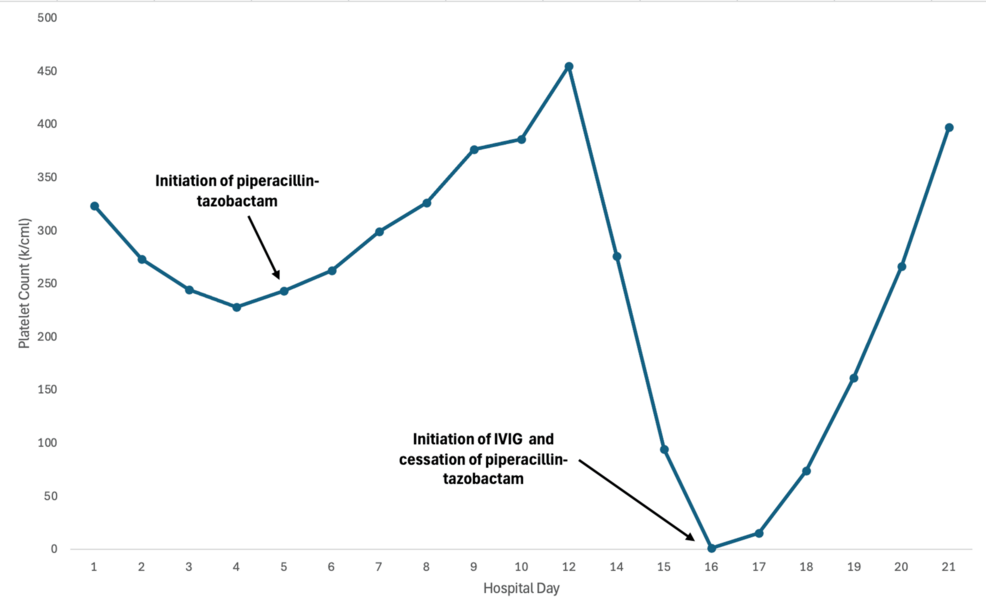Blog
-

Fast SPECT acquisitions for single time-point dosimetry in 177Lu-PSMA for metastatic castration-resistant prostate cancer (mCRPC) patients | Egyptian Journal of Radiology and Nuclear Medicine
In this study, the calibration factor necessary for quantitative SPECT analysis was derived by dividing the known activity concentration. For the dosimetric calculation, the STP voxel-based dosimetry using the Hanschied approach was employed to calculate the absorbed dose in the kidneys and tumours based on the SPECT images acquired approximately 48 hours after administration.
The mean and SD of kidney absorbed dose were 2.04 Gy ± 0.37 Gy (range 1.71 to 2.67 Gy). The absorbed doses within tumours showed considerable variation across the twenty-five tumours analysed, which were derived from eight treatment cycles. Tumour absorbed doses ranged from a low of 0.98 Gy to a high of 16.05 Gy. The mean absorbed dose to the tumours was 5.14 Gy, the SD was 3.81 Gy, as detailed in the box plot in Figure 3.
Fig. 3 Box plot of absorbed dose in Gy to (left) kidneys and (right) tumours
Quantitative voxel-based dosimetry was carried out for five patients (P1–P5) over eight treatment cycles (C1–C8), with imaging acquisition performed between 48 and 52 hours post-therapy. The absorbed radiation doses to the kidneys and selected tumour sites are summarised in Table 2.
Table 2 Absorbed dose to kidneys and Tumours for Each Patient Kidney absorbed dose
Across all patients, the kidney absorbed doses remained within a relatively narrow range, suggesting consistent radiopharmaceutical handling and organ tolerance. For Patient P1, who underwent three treatment cycles (C1–C3), the kidney dose started at 1.99 Gy in C1, rose to 2.66 Gy in C2, and then dropped slightly to 2.23 Gy in C3. This fluctuation may reflect changes in bio-distribution or renal clearance over time.
Patients P2 and P3, each evaluated during one or two cycles (C4–C6), had similar kidney doses, consistently measured at 1.71 Gy, despite variation in tumour load and lesion location. Patient P4 (C7) received 1.88 Gy, while Patient P5 (C8) had the highest kidney dose at 2.46 Gy. Notably, none of the patients exceeded the generally accepted renal threshold, supporting the safety of the administered activity levels in this cohort.
Tumour absorbed dose
Tumour dosimetry revealed a broader range of absorbed doses, reflecting both inter-patient and intra-patient variation. In Patient P1, lung lesions demonstrated a downward trend across three consecutive cycles, with the left lung receiving 8.54 Gy, 7.67 Gy, and 4.20 Gy in C1, C2, and C3, respectively. Similarly, the right lung showed a decrease from 5.92 Gy to 3.17 Gy. This decline likely indicates therapeutic response, consistent with expectations following multiple cycles of targeted radionuclide therapy (as illustrated in Figure 4).
Fig. 4 
A 64-year-old male with metastatic castration-resistant prostate cancer (mCRPC). Post 177Lu-PSMA therapy showing a 1st cycle in December 2023, b 2nd cycle in March 2024, and c 3rd cycle in June 2024. Whole-body SPECT/CT at 48 hours post-administration demonstrates good tracer uptake in multiple lungs, left adrenal, and bone metastases, with physiological uptake in salivary glands, liver, spleen, and bowel. Markings indicate a decrease in lung lesions across treatment cycles
Patient P2 showed tumour doses between 1.93 and 5.53 Gy in spinal and rib lesions. Though the absorbed doses remained moderate, a slight decrease was observed in the second cycle (C5), particularly in the rib and sternum, which may suggest early response to treatment or subtle changes in radiotracer uptake.
In Patient P3 (C6), tumour absorbed doses were lower and more uniform, ranging from 1.55 to 2.69 Gy, covering thoracic and lumbar vertebrae. In contrast, Patient P4 (C7) demonstrated a much higher dose to the lumbar spine, reaching 16.05 Gy, the highest tumour dose recorded in this study. Additional lesions in the lung and pelvis received 4.18 Gy and 3.76 Gy, respectively.
Patient P5 (C8) also presented with high skeletal uptake. The lumbar spine lesion received 13.00 Gy, while T-spine and pelvic lesions ranged from 6.03 to 10.03 Gy. These findings reflect intense PSMA expression in metastatic bone lesions and underline the heterogeneity of tumour dose distribution in advanced disease.
Continue Reading
-
expert reaction to study on the health of the offspring of rats exposed to e-cigarette vapour
A study published in the Journal of Physiology looks at the health of the offspring of rats exposed to…
Continue Reading
-
Global shipping industry reaffirms support for the IMO Net Zero Framework — World Shipping Council
9 October 2025 – London: Leading international maritime associations and organisations reiterate our strong support for adoption by the world’s governments at the UN International Maritime Organization (IMO) of the “Net-Zero Framework” at the critical Extraordinary Session of the IMO Marine Environment Protection Committee next week (14-17 October).
The global industry remains fully committed to working collaboratively with IMO Member States to implement successfully this carefully balanced regulatory package for achieving net zero GHG emissions by or close to 2050, with necessary incentives to de-risk investment in new green marine fuels to accelerate the total decarbonisation of international shipping and to implement a just transition for the maritime workforce.
Only global rules will decarbonise a global industry. Without the Framework, shipping would risk a growing patchwork of unilateral regulations, increasing costs without effectively contributing to decarbonisation.
With the support of the industry, this is a unique and historic opportunity for governments to put in place a comprehensive global framework, which will be strictly enforced worldwide, to incentivise the shipping industry’s transition to net zero emissions whilst ensuring a level playing field.
The maritime transport sector, which moves 90% of global trade, is ready to play its important part in delivering a sustainable future.
Read the full joint industry statement here.
Continue Reading
-

monetary and financial stability implications
Remarks prepared for delivery
Introduction
Distinguished guests, colleagues, friends. Good afternoon.
I am very pleased to join you here at the 6th Global Fintech Fest in Mumbai – a financial hub celebrated for its rich history, vibrant culture and, most importantly, enduring spirit of innovation.
Today, central banks operate in a world of rapid transformation. Technology has reshaped not only how financial services are delivered but also how central banks interact with external stakeholders. Artificial intelligence (AI) stands at the centre of this transformation.
In my speech this afternoon, I will explore how central banks are using AI to support their operations, the challenges AI poses and strategies to address the trade-offs central banks encounter in order to reconcile the risks and benefits.
Central banks have improved their operations with the use of AI
The adoption of AI has extended to central banks, where it has the potential to enhance efficiency, improve accuracy and strengthen decision-making processes. AI is making significant impact in three key areas:
1) Data analysis
- Central banks are leveraging AI to unlock the potential of both traditional and non-traditional data sources. By analysing diverse data sets – from satellite imagery to social media content – AI offers new ways to understand economic activity and trends.
- Natural language processing (NLP) and large language models (LLMs) offer central banks innovative tools to extract insights and analyse survey responses. For instance, the Bank of Canada leverages AI models along with granular data to improve the monitoring of economic activities, banknote demand and sentiment across key sectors.1
2) Economic forecasting and policy analysis
- Central banks use AI, alongside human expertise, to better understand economies and enhance forecasting or policy analysis.
- For example, AI has become invaluable for nowcasting, providing real-time assessments of key economic indicators such as GDP growth and inflation. AI analyses consumption patterns and detects supply chain bottlenecks in real time, offering a clearer understanding of economic dynamics.2
- Machine learning models process vast data sets, uncovering trends and behaviours that often go unnoticed. For example, fine-tuned open source LLMs summarise economic narratives and predict recessions. Neural networks can also leverage detailed data sets to capture complex non-linear relationships, providing valuable insights during periods of rapidly changing inflation dynamics.
- AI supports financial stability analysis by identifying patterns in large data sets, which is useful for assessing risks across financial and non-financial firms. For example, during low liquidity and periods of market dysfunction, AI supports predictions by monitoring market anomalies.
3) Payment system oversight and global connectivity
- AI is transforming payment systems by enhancing safety, efficiency and compliance. Tools like graph neural networks improve fraud detection by identifying suspicious transaction networks, especially when data are securely pooled across institutions or jurisdictions.
- In correspondent banking, which faces challenges from compliance risks, AI could enhance anti-money laundering (AML) and know-your-customer (KYC) processes, reducing risks and their associated costs, which may restore global payment connectivity. By pooling payment data across jurisdictions, AI strengthens cross-border fraud detection and compliance.
- Central banks are adopting AI to enhance payment infrastructures. The BIS Innovation Hub is collaborating with seven central banks, including the Bank of France, Bank of Japan, Bank of Korea and Swiss National Bank, on Project Agorá. This project leverages tokenisation to implement the next-generation of correspondent banking. Beyond the focus on core features of the unified ledger, AI models may be used in the future to improve efficiencies in compliance practices.
Central banks face challenges in their policy operations
While the benefits of AI are undeniable, its integration into central banking presents challenges, particularly in monetary policy and financial stability. Here are some pressing issues:
1) Key technological limitations of AI
- Despite advancements, AI models face challenges in logical reasoning and counterfactual thinking, struggling to adapt when familiar problems are rephrased. This highlights a lack of true understanding.
- A major issue is “hallucination”, where LLMs generate plausible but incorrect information, rather than ensure factual accuracy.
- Many AI models, particularly proprietary ones without open source frameworks, function as opaque “black boxes”. Their lack of explainability poses challenges for their application in monetary policy and financial stability decisions.
- The black box nature of AI models also raises concerns about trust, accountability and compliance with ethical guidelines, compounded by legal risks around data quality, privacy and confidentiality.
- Additional risks – referred to as “third-party dependence” – emerge from reliance on a few providers of advanced AI models, driven by the high costs of developing and deploying data-intensive systems.
2) Monetary policy and transmission effectiveness
AI presents several challenges to monetary policy and its transmission mechanisms, as highlighted in a recent ECB speech and our annual economic report. 3
- AI is poised to reshape labour and capital markets, influencing income and wealth distribution. This has significant implications for monetary policy. It affects the marginal propensity to consume, consumption patterns and access to credit, all of which shape how demand responds to policy changes.
- AI-driven algorithmic pricing enables faster and more flexible price adjustments. For instance, large retailers can quickly respond to changes in gas prices or exchange rates, or other shocks, potentially amplifying their impact on inflation. As smaller firms adopt AI, these effects could intensify, making inflation more challenging for central banks to predict and manage.
- Faster price adjustments may also reduce the lag between policy actions and their effects on inflation. Additionally, AI-driven investments and productivity gains could change how fast and the way firms and households respond to interest rate changes.
- Furthermore, if AI drives any shift in financial structures, such as increased non-bank intermediation, it could alter the transmission of monetary policy. Compared with traditional banks, non-banks are more responsive to measures targeting longer-term interest rates, such as asset purchases, and they tend to carry greater credit, liquidity and duration risks.
3) Financial stability risks
The integration of AI into financial systems presents financial stability risks that central banks and policymakers must address:
- AI’s rapid, real-time responses may increase volatility and herding behaviour, creating destabilising feedback loops. Liquidity risks may also arise. AI models might prompt widespread liquidity hoarding and trigger fire sales, further destabilising markets.
- As institutions increasingly rely on AI and reduce dependence on human expertise, the widespread use of similar algorithms could amplify market movements. For instance, if numerous institutions adopt comparable AI models for credit risk, trading or portfolio management, synchronised responses during periods of stress could exacerbate procyclicality and trigger large-scale asset sell-offs.
- Algorithmic collusion is another risk. AI trained on similar data sets may unintentionally produce coordinated recommendations or pricing strategies, mimicking collusion and undermining competition. Traditional regulatory frameworks may struggle to address these challenges.
4) Cyber risks and ethical considerations
- Cyber criminals are increasingly leveraging AI to craft more seemingly convincing phishing emails, develop malicious code and mimic voices or writing styles. This has fuelled a surge in phishing, fraud and ransomware attacks. Additionally, AI introduces new and evolving risks, such as prompt injection and data poisoning, which can compromise training data and undermine the integrity of systems.
- The ethical use of AI is crucial to maintaining public trust. Central banks have a responsibility to ensure that AI systems are transparent, fair and free from bias. However, AI systems can unintentionally reflect biases present in their training data, potentially leading to unfair outcomes. For example, algorithmic discrimination in credit scoring could exclude certain groups from accessing financial products, thereby exacerbating inequalities.
- AI also raises significant concerns regarding privacy. The misuse or abuse of sensitive information poses serious risks to individuals. Financial institutions and AI providers must adopt and adhere to strict privacy standards to safeguard personal data and uphold public trust.
- A noteworthy initiative in this area is the FREE-AI Committee Report by our colleagues at the Reserve Bank of India (RBI). The report introduces a Framework for Responsible and Ethical Enablement (FREE-AI) in the financial sector and exemplifies how central banks can lead in promoting responsible AI adoption. By addressing key ethical and operational challenges, it provides a robust and forward-looking blueprint that sets a high standard for the global central banking community. 4
Central banks face policy trade-offs
As central banks explore the transformative potential of AI, they face complex trade-offs that demand careful consideration:
- One of the key decisions revolves around choosing between external and in-house AI models and data sources.
- External models and commercial data vendors provide cost efficiency, rapid deployment and access to private sector expertise. However, they come with challenges such as reduced transparency, increased dependency on a limited number of providers and stricter usage restrictions.
- On the other hand, in-house models and curated internal data offer greater control and adaptability but require significant investments in infrastructure, skilled personnel and robust governance frameworks.
- Another critical challenge lies in balancing speed and accuracy. AI’s ability to enable rapid, real-time analysis is invaluable for timely decision-making. However, this speed must be tempered by efforts to mitigate risks such as hallucinations, biases and vulnerabilities like prompt injection attacks, to ensure that the insights generated are both reliable and trustworthy.
- While the potential of AI to automate routine tasks and enhance efficiency is undeniable, human judgment remains indispensable. Central banks must cultivate teams with a balanced mix of economic expertise and technical skills to effectively oversee and interpret AI-driven insights, ensuring that human oversight complements technological advancements.
Overall, achieving the right balance between performance, cost and control is vital for central banks to successfully adopt AI. Central banks must thoughtfully evaluate immediate short-term investments against the long-term benefits.
The role of the BIS in supporting central banks
So how can institutions like the BIS help central banks navigate the evolving landscape of AI? At the BIS, we provide support to central banks through three key avenues:
1) Forum for discussion
We offer a space for central banks to exchange insights and build a community around emerging technologies.
- For example, our research conferences, workshops and networks explore research frontiers and provide knowledge on their implications for central banks.
2) Platform for international cooperation
We facilitate collaboration among central banks and regulators to uphold monetary and financial stability.
- Through committees such as the Basel Committee on Banking Supervision and the Committee on Payments and Market Infrastructures, we address the challenges and opportunities posed by the digital revolution. This enables us to exchange best practices, forge consensus and enhance governance regimes for AI adoption.
3) Experimental innovation
Through the BIS Innovation Hub, we enable central banks to experiment with cutting-edge technologies.
- For instance, Project Aurora uses AI to enhance monitoring of suspicious transactions across firms and borders.
By fostering discussion, collaboration and experimentation, the BIS helps central banks to harness the potential of AI while mitigating risks.
Conclusion
To conclude, AI presents transformative opportunities for central banks, enhancing efficiency, decision-making and financial infrastructure. From advanced data analysis to improved oversight of payment systems, AI is already reshaping central bank operations. However, challenges such as data quality, model complexity, ethical concerns and financial stability risks must be carefully addressed.
To fully realise the potential of AI, central banks must balance its benefits with its risks. Transparency, robust governance and talent development are essential to navigating this evolving landscape.
As stewards of monetary and financial stability, central banks have a responsibility to adopt AI in a safe, ethical and sustainable manner. The BIS is dedicated to supporting this journey by fostering dialogue, promoting international cooperation and enabling innovation.
Thank you.
The views expressed in this speech are my own and not necessarily those of the BIS or its member central banks.
Continue Reading
-

Hull City Council unveils its first fully electric bin lorry
An electric bin lorry has been added to a council’s fleet to make its waste management service “more sustainable”.
Hull City Council said it had introduced the vehicle to tackle climate change and improve air quality in the city.
It is part of a phased replacement programme by the authority to replace older vehicles with electric alternatives.
“Every electric vehicle we add to our fleet is a step towards improving the air we breathe and reducing our impact on the planet,” said councillor Charles Quinn, portfolio holder for environment.
He added the new vehicle would help “create a more sustainable Hull” for future generations.
The council said fleet vehicles were its second largest source of carbon emissions, so transitioning to electric vehicles would play “a vital role in reducing the organisation’s overall carbon footprint”.
It added electric vehicles were quieter, more efficient and easier to maintain, and the latest addition would support the government’s Simpler Recycling scheme, which is due to come into force in March.
Councillor Mark Ieronimo, cabinet portfolio holder for transport and infrastructure, said: “Every vehicle we add helps reduce carbon emissions, creating a more sustainable transport fleet.”
The authority already has 60 zero-emission battery electric vehicles and its newest addition will be one of the largest electric fleets in the region.
It plans to achieve net zero emissions by 2045.
Continue Reading
-

LA indie studio Heart Machine is making layoffs
Indie studio Heart Machine is making layoffs and ending development on early access title Hyper Light Breaker.
A studio spokesperson confirmed the news in a statement to Game Developer but didn’t specify how many people are being made redundant.
Continue Reading
-
‘Soul on Fire’ Review: After Near Death, Rebuilding a Life – The New York Times
- ‘Soul on Fire’ Review: After Near Death, Rebuilding a Life The New York Times
- Red carpet premiere of ‘Soul on Fire’ honors first responders, real-life heroes behind miraculous story Christian Post
- “Soul On Fire”: New Feature Film Focused…
Continue Reading
-

ASUS Unveils ProArt PA401, PA602 Wood Edition PC Cases with Retro Colors | ASUS Pressroom
The PA401 and PA602 feature front panels with integrated PWM control, letting users switch their PC’s fan mode with ease. Alternate between maximum cooling power or letting the PC manage fan speeds with the tap of a button.
To take cooling even…
Continue Reading

